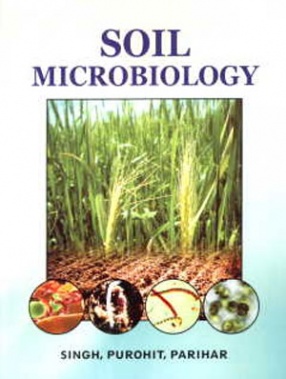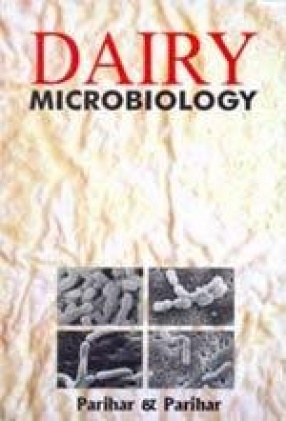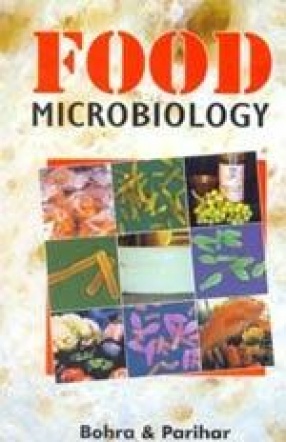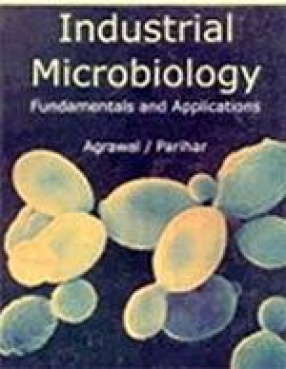
Showing all 5 books





"Biotechnology is most briefly defined as the art of utilizing living organisms and their products for the production of food, drink, medicine or for other benefits to the human race, or other animal species. Technically speaking, humans have been making use of biotechnology since they discovered farming, with the planting of seeds to control plant growth and crop production. Animal breeding is also a form of biotechnology. More recently, cross-pollination ...

Soil microbiology focuses on the soil viruses, bacteria, actinomycetes, fungi, algae and protozoa, but it has traditionally also included investigations of the soil animals such as the nematodes, mites, and other microarthropods. These organisms, collectively referred to as the soil biota, function in a belowground ecosystem based on plant roots and litter as food sources. Modern soil microbiology represents an integration of microbiology with the concepts of ...


Throughout the world, milk and milk products are indispensable components of the food chain. Not only do individual consumers use liquid milk for beverages and cooking, but food manufacturers use vast quantities of milk powder, concentrated milks, butter, and cream as raw materials for further processing. Effective quality assurance in the dairy industry id needed now more than ever. Late in the 19th and early in the 20th century, consumption of raw milk was ...

Food Microbiology explores the fundamental elements affecting the presence, activity, and control of microorganisms in food. The subject also includes the key concepts required to meet the minimum standards for degrees in food science with a wealth of practical information about the most essential factors and principles that affect microorganisms in food. Food microbiology is mainly concern with production of food, beverages chesse, yogurt, Tempeh, kimchi, beer ...
